Who Should Get HACCP Trained and Certified?
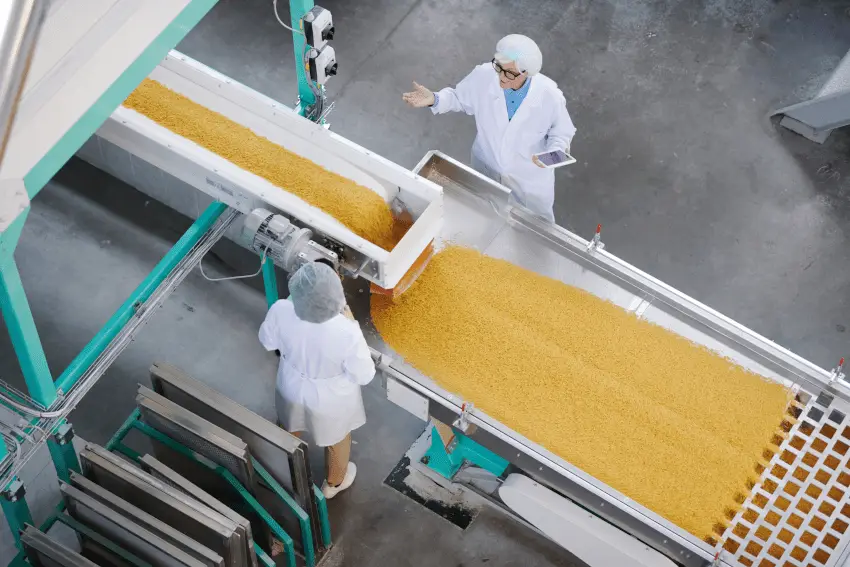
HACCP training and certification is recommended for anyone involved in the production, processing, packaging, storage, or distribution of food. This includes, but is not limited…
How Long Does a Facility HACCP Certification Last?
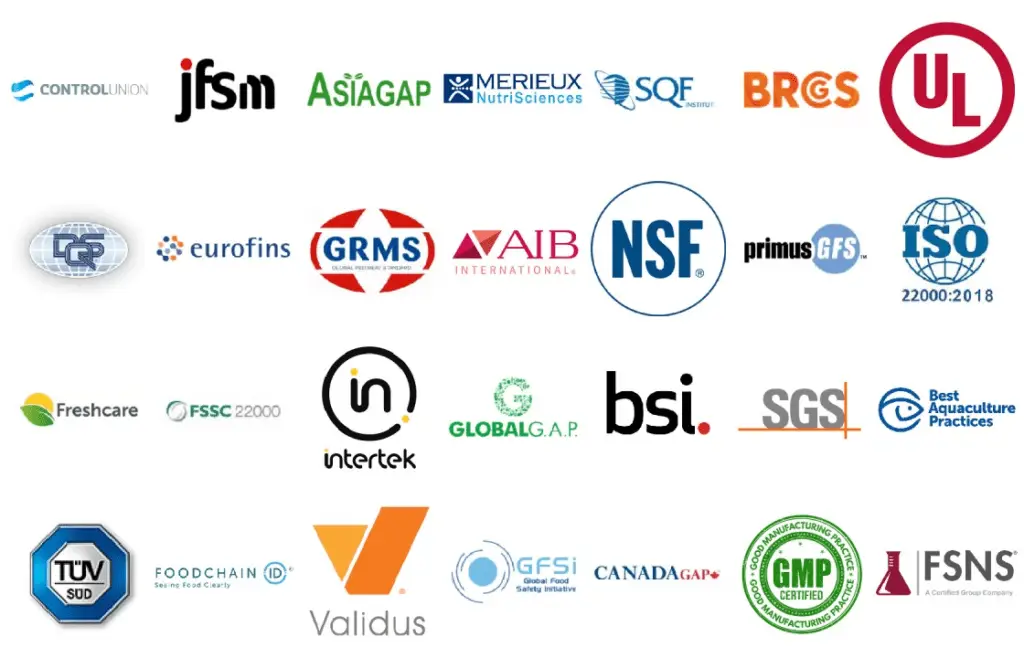
A HACCP certification typically lasts for a period of one year, after which the certification must be renewed. The certification process usually involves an initial assessment, and then follow-up audits to ensure ongoing compliance with HACCP standards.
How Much Does HACCP Cost?

The initial cost of implementing HACCP can range from a few thousand dollars for a small business to tens of thousands of dollars for a large, complex operation.
Is HACCP Profitable?

HACCP can be costly, it can also lead to cost savings in the long run by reducing the risk of food safety incidents and improving overall food safety and quality. Additionally, many retailers and food service providers
GFSI Schemes and HACCP Training

GFSI recognizes different food safety schemes, such as BRC, SQF, FSSC 22000, and IFS, that have been benchmarked against its benchmarking requirements.
How many people working at my company need to be HACCP certified?

Typically, key personnel who are responsible for the development, implementation, and maintenance of the HACCP plan, as well as those who perform critical…
Is HACCP a Law?

HACCP is not a federal law in the United States, but it is a mandatory requirement for certain food products that are regulated by the U.S. Department…
How to Create a HACCP Plan
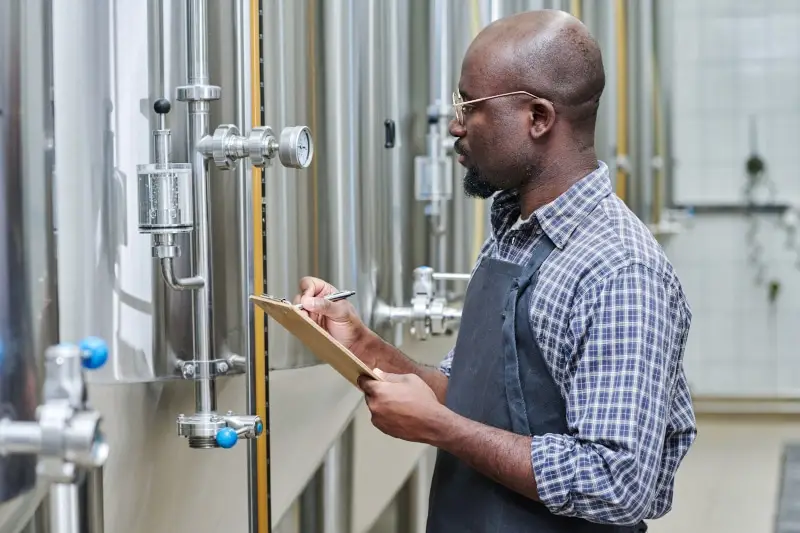
Conduct a hazard analysis: Identify potential physical, chemical, and biological hazards that could occur at each step of the food production or processing process.
Determine the critical control points (CCPs): These are points in the process where a hazard can be prevented, eliminated, or reduced to an acceptable level
What is a Foodborne Hazards?
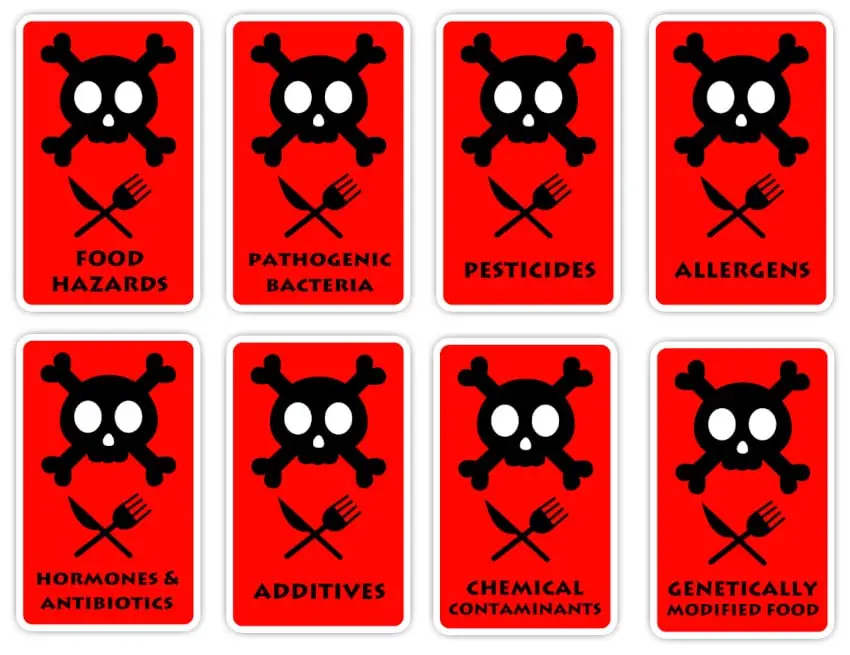
A foodborne hazard is any biological, chemical, or physical agent that is present in food and has the potential to cause harm to human health.
What is a Critical Control Point (CCP)?
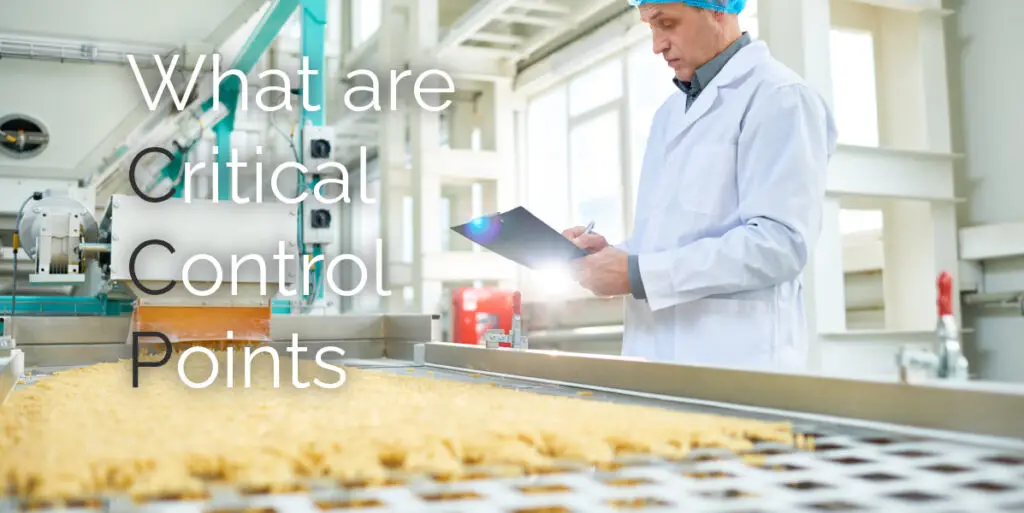
Identifying and monitoring CCPs is an important part of a food safety management system, such as HACCP (Hazard Analysis and Critical Control Points).
